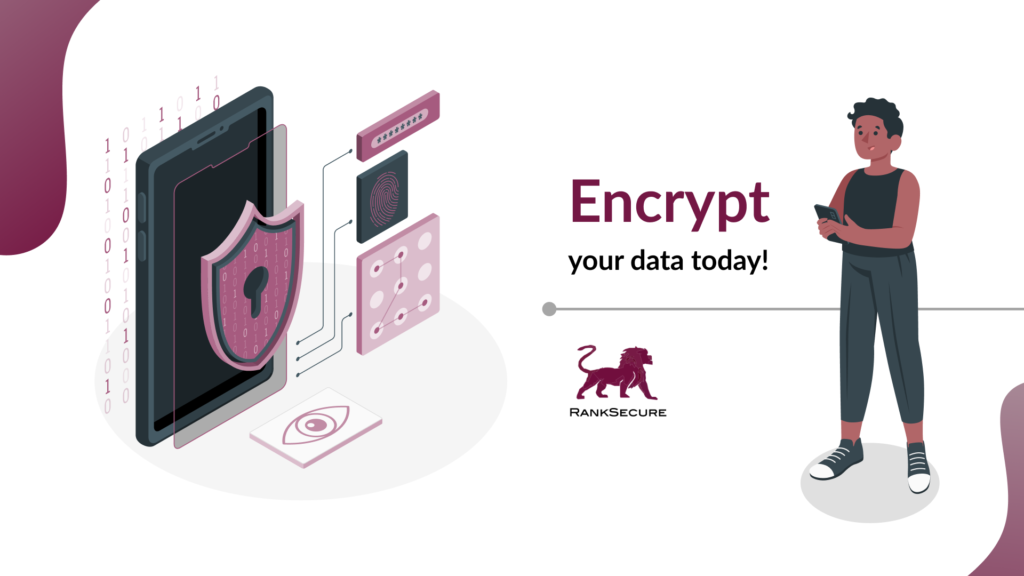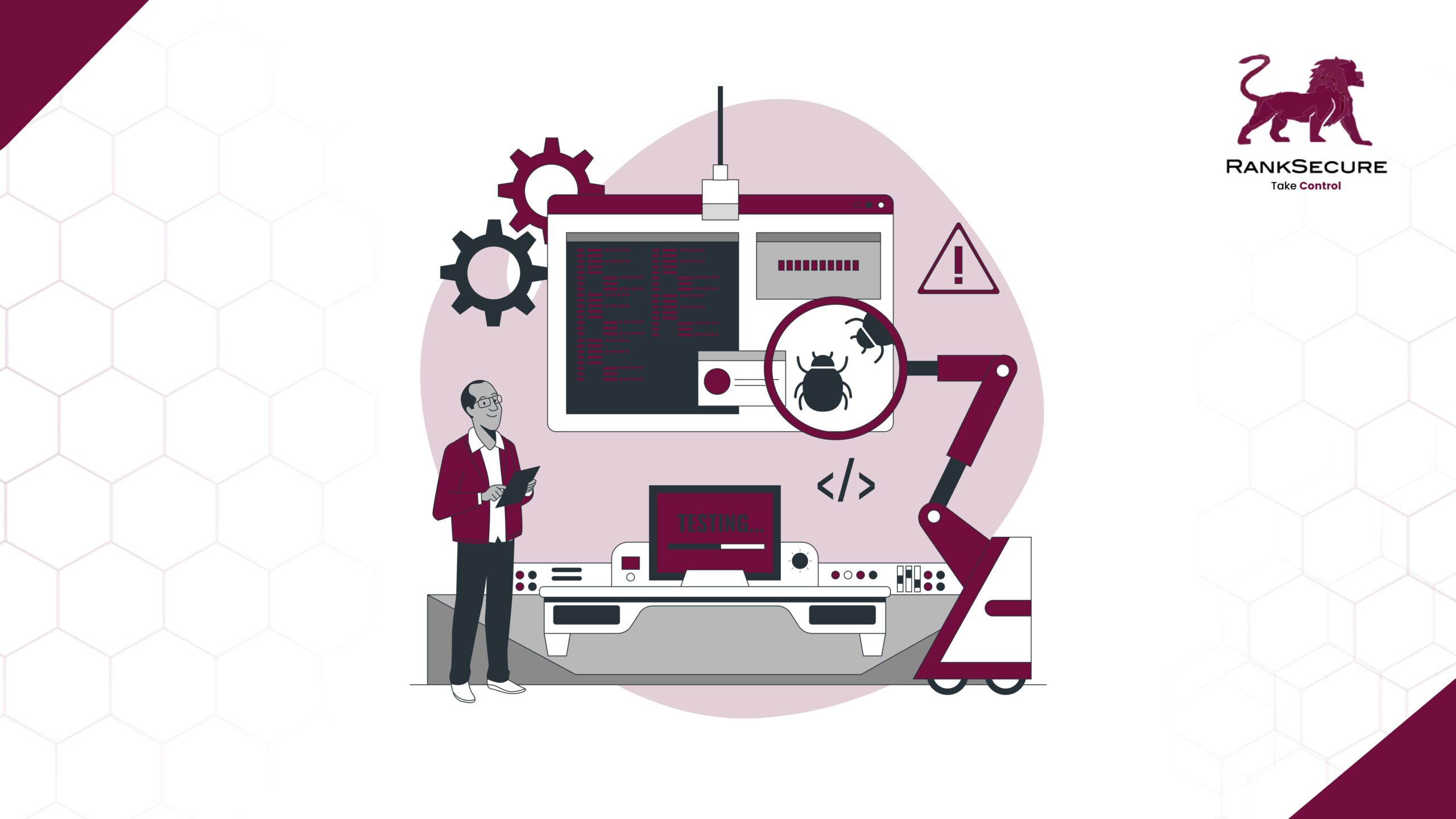
Data Encryption: 6 Best Practices Your Company Should Follow
Your company likely stores and transmits a lot of sensitive information on a daily basis; is this data encrypted at all points? With companies experiencing data breaches on a daily basis, strong data encryption with the best resources available becomes the order of the day.
One of the most effective methods of preventing unauthorised access to your data is by encrypting it. When your data is encrypted, it is rendered unreadable and can only be accessed by those who have decryption keys. It is difficult to access encrypted data without proper encryption and decryption keys. Although good data encryption reduces the likelihood of a breach, it is still possible for a breach to occur if a minor error compromises the security of the data.
In this blog, we recommend the best data encryption practices your company can implement to reduce the risk of data breaches and keep hackers at bay.
Develop A Data Encryption Strategy
If you haven’t considered encrypting your company’s data yet, now is the time to do so. In light of the recent spike in the number of data breaches, it would be unwise to leave your data unprotected against vulnerabilities. Start by developing a security strategy that incorporates your storage methods, the encryption tools and algorithms you require, and the optimal methods for managing your encryption keys.
Once you’ve established an encryption strategy, you can begin encrypting your data. Depending on the volume of data being encrypted, the encryption process may take some time.
Encrypt All Sensitive Data
When you encrypt your data, make sure you include all types of sensitive company data. Whether you use different methods or storage devices to store your data, it is critical that all data is encrypted and properly stored. Leaving your sensitive data unprotected will invite breaches when someone gains access to the data. This could have serious consequences for the company.
Before encrypting, take a moment to assess the importance of the data, prioritise the sensitive ones, and then encrypt them. When you leave any type of data unprotected, consider how much damage it would cause if it were compromised, and if the damage seems excessive, encrypt it immediately.
Protect Your Encryption Keys
Encryption keys will be generated after the data has been encrypted, allowing you to control access to the data. Even if you strongly encrypt your data, there is still a risk that hackers will gain access to your encryption keys. The only way to access encrypted data is through encryption keys and you would not like to hand them over to hackers easily.
Some businesses fail to secure their encryption keys and leave them exposed, allowing hackers easy access to their data. When you work hard to encrypt data, it should be obvious to keep the encryption keys safe. So, before you risk a breach, keep your encryption keys secure and separate them from the data.
Manage User Access Limits
Once you’ve made sure your encryption keys are safe, only let people who really need them in. You must have encrypted different kinds of data, and each set will have its own encryption key. This makes it easy for you to control access to specific sets of data. For example, your marketing team does not need access to sensitive financial information about the company that only CAs will have.
Furthermore, a user does not need to have access to all parts of a particular data set. Certain sections of the data will be sensitive, and encrypting those sections will assist you in managing more efficiently. You can be clear about who has access to what and who will be held accountable if a breach occurs by encrypting sensitive areas and managing user access to them.
Develop A Backup Strategy
Encrypted data can still be lost if the encryption keys are lost. If an attack or theft occurs, you may lose the encryption keys, resulting in the loss of all encrypted data. To avoid this, make a backup of both the data and the encryption keys. Back-up keys and data can be kept secure in a separate storage location.
When your company is subjected to an unexpected attack, having a backup can be a lifesaver.
Assess Data Encryption Performance
Once encryption has been set up, you should not stop there. Take a few moments to assess the efficiency of your data encryption. If you experience lag during the process or if the encryption process consumes too much time and memory, look for alternatives that offer good results. There are numerous encryption tools and algorithms available for your company to test and determine which one will best serve you.
Bottom Line
Data encryption is not a one-time event that ensures the security of your data. It’s a continuous process that requires your undivided attention throughout. You should encrypt your data with care and monitor its effectiveness. By following the procedures described here, you can strengthen your data encryption and gradually create a reliable system for your business.
Recent Posts
Phishing Isn’t Just in Your Inbox Anymore
According to Proofpoint’s 2023 report, 71% of organisations experienced a successful phishing attack in the past year. Most of these started when an employee responded to a message that appeared routine. The format didn’t matter – some arrived via email, others through SMS or a phone call.
How to Implement IT Asset Management for Maximum ROI
Organisations are not breached because their defences failed. They are breached because their visibility did. In most enterprises, the issue is not that assets are unmanaged. It is that too many are unaccounted for. Legacy systems operating outside policy. Cloud workloads deployed beyond governance. Endpoints that no
How VAPT Supports Zero Trust Security Models
If Something Can Go Wrong in Security, It Eventually Will That’s the reality Zero Trust is built for. It assumes users will click what they shouldn’t. Devices will connect from untrusted networks. Credentials will leak. And one misconfigured rule can open access far beyond what was intended.







